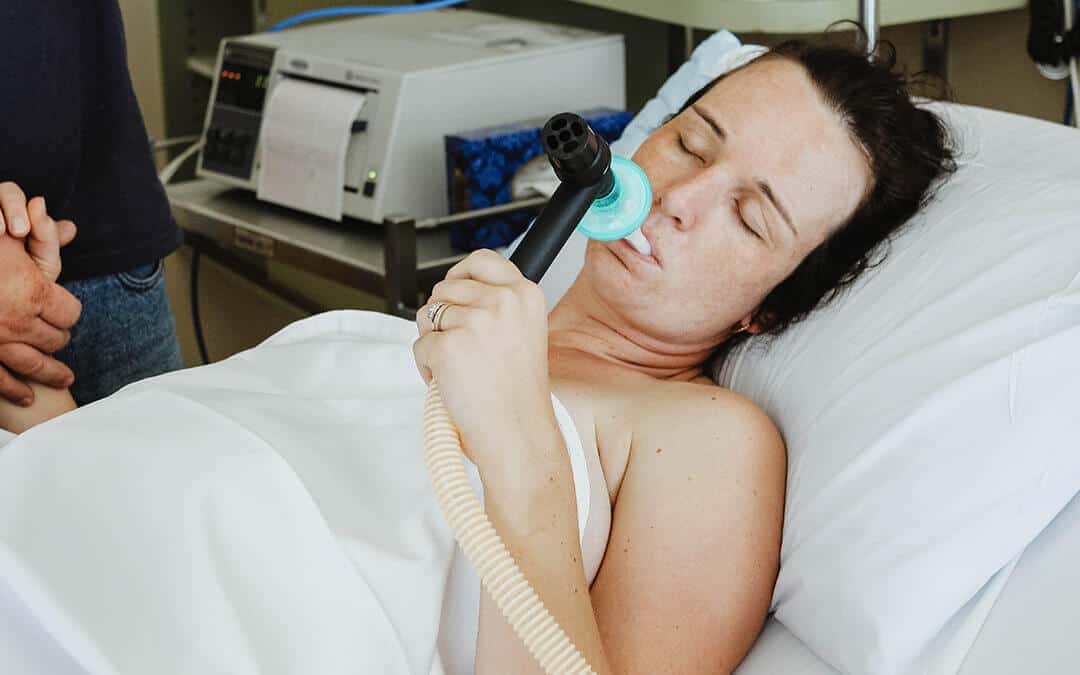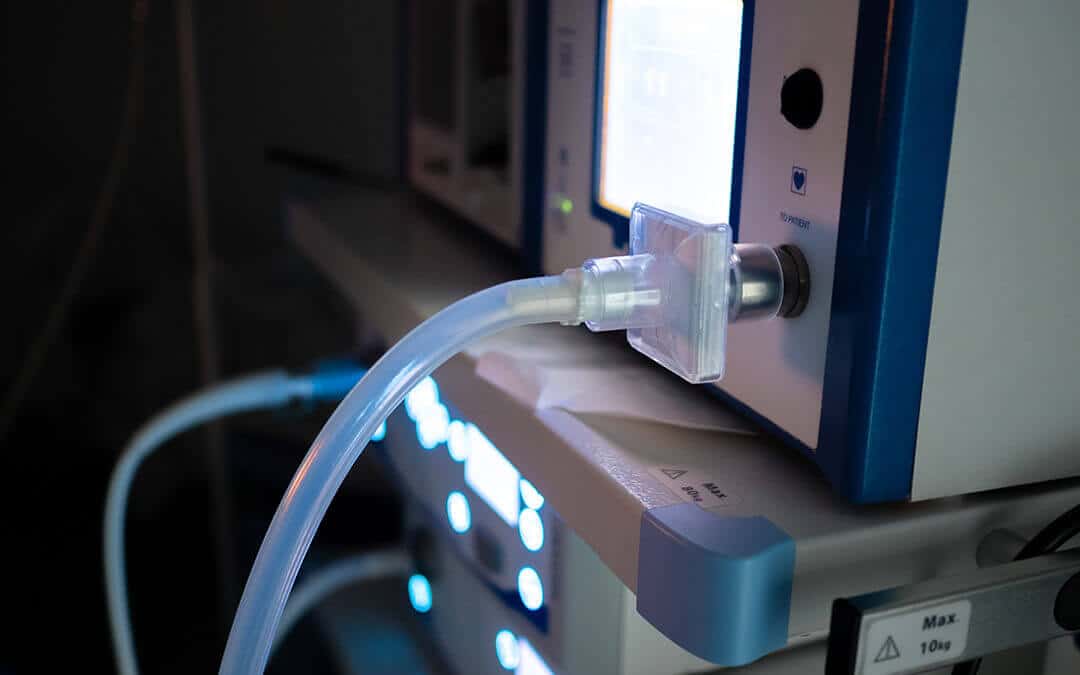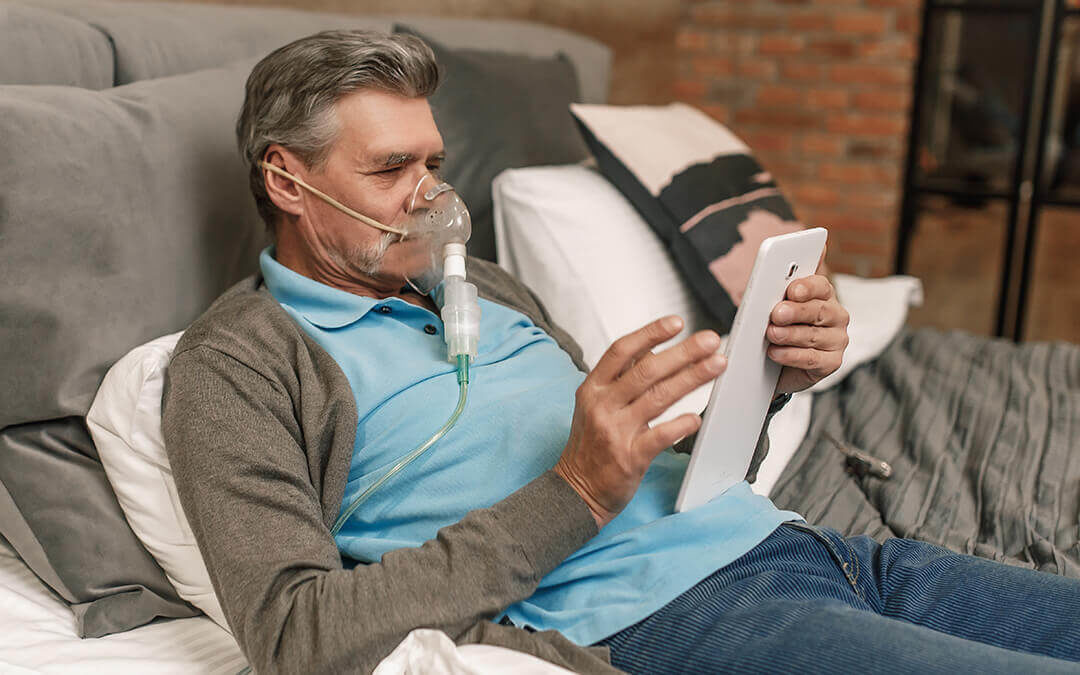From hospitals to home care, medical gas therapy plays a critical role in our healthcare system. With a wide range of uses, including respiratory care and emergency procedures, medical gas therapy is helping patients across the world heal quicker than ever. Here, we break down the different types of medical gas therapy and how they are used.
Types of Medical Gas Therapy
Medical gas therapy comprises four main types:
- Oxygen therapy
- Helium–oxygen therapy (heliox)
- Nitrous oxide therapy
- Carbon dioxide therapy
Oxygen Therapy
As the most common and well-known type of medical gas therapy, oxygen (O₂) therapy delivers supplemental oxygen to a patient by increasing the amount of oxygen that the lungs receive and deliver to the blood. This therapy is typically used during emergency life support and post-operative states, but is especially effective for conditions that cause low oxygen including pneumonia, COVID-19, asthma, heart failure, cystic fibrosis and sleep apnea. Stored as a gas or liquid in tanks, patients receive oxygen via nasal tubes, a face mask or a tube placed in the windpipe, helping them feel better and heal more quickly.
Helium/Oxygen (Heliox) Therapy
Helium/oxygen (Heliox) refers to a mixture of 21% O₂ (normal air) and 79% helium. This unique mixture generates less resistance than normal air when passing through the airways of the lungs, meaning that the patient can work less to breathe. Mainly used for airway issues, heliox is used as a treatment of acute asthma, croup, pneumonia, COPD and upper airway obstruction from tumors or foreign bodies. Providing a faster improvement of respiratory rate, heliox therapy can help patients have shorter hospital stays.
Nitrous Oxide Therapy

Nitrous oxide (commonly known as laughing gas) is an inhaled medical gas typically used as pain medication. Common uses include during childbirth, following trauma, dentistry procedures, end-of-life care, anesthesia during surgical procedures, and heart and respiratory issues. By widening arteries to allow more blood to flow through the lungs, nitrous oxide relaxes the trachea and bronchioles, which in turn allows more air to come in, giving the patient a relaxed feeling. Because of these properties, scientists have also been investigating nitrous oxide as a treatment for those suffering from COVID-19.
Carbon Dioxide
With the ability to enlarge and stabilize body cavities, carbon dioxide (CO₂) is typically used during surgeries such as laparoscopy, endoscopy and arthroscopy to provide the surgeon with better visibility of the area. However, its cold temperatures make CO₂ a popular choice in dermatology, helping to change the appearance of the skin surface and cellulite, as well as removing warts, moles and skin tags.

With their health benefits and effectiveness, medical gases continue to be widely used in the treatments of various ailments. Currently, medical gas therapy is proving to be beneficial to those suffering from COVID-19 symptoms and complications. However, it’s important to remember that medical-grade gases are technically considered to be drugs, so they must be delivered, stored, and administered properly. At CalOx, we are fully qualified to supply, store and deliver medical gases for effective medical gas therapy. Whether you need medical oxygen, nitrous oxide, or carbon dioxide gases, our company is built to deliver medical-grade gases to businesses like yours. If you’re a small or medium-sized business in the Greater Los Angeles area, contact us today for your free quote!
Sources:
https://air-source.com/blog/medical-gas-therapy/
https://en.wikipedia.org/wiki/Medical_gas_therapy
https://www.respiratorytherapyzone.com/medical-gas-therapy/
